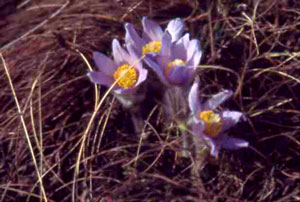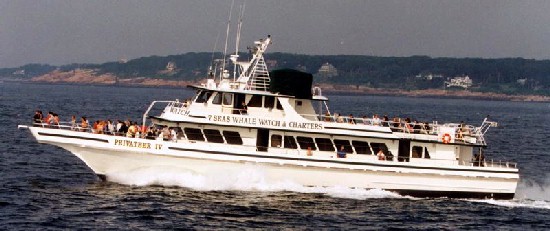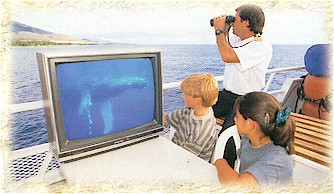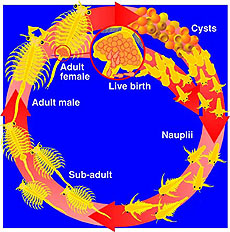|

It is difficult to value biodiversity conservation
and maintenance in an objective way since the assessment
depends very much on the standpoint of the assessor.
Nevertheless, three general reasons are given below
that support adequate conservation of biodiversity;
- From a utilitarian point of view, elements of biodiversity
as resources are of great use to humans. As such biodiversity
is of economic and scientific benefit (eg. New health
cures).
- Moreover, a choice for the conservation of biodiversity
is an ethical one. Human beings are part of the ecological
system and should therefore respect this system.
- The value of biodiversity can be characterised in
aesthetic, intrinsic and ethical ways. The way in
which nature inspires is celebrated by painters, poets
and musicians around the world and bears witness to
human attachment to these intangible merits.
Challenges of biodiversity conservation
- Economical - including biodiversity into
macro economical indicators of countries, economical
asset of biodiversity a) as real value (medic and
genetic engineering), b) profit for activity - eco-tourism,
cost of restoration of damaged biodiversity
- Management - creation of partnership by involving
governmental, commercial organisations, navy and military,
NGOs, local populations and general public.
- Legislation - including biodiversity aspects
into all relevant laws, designation of legislation
support of biodiversity conservation
- Scientific - formalization of decision-making
procedure, looking for biodiversity indicators, cadastre
of biodiversity, development of monitoring



Whale watching is part of species restoration and gives
economical benefit to local people
|
Example: The case of Artemia (Artemia salina) Biodiversity's
potential economic value
An example of the great potential and as yet undiscovered
economic value in biodiversity is the Artemia and its
relation with aquaculture.
Artemia salina is a small crustacean (zooplankton)
known, probably for centuries, as "brine shrimp" because
it spent its entire life cycle in saline water. The
species is extremely euryhaline, withstanding salinities
from 3 to 300 ppt and surviving in temperatures from
15 to 55 oC. It has two modes of reproduction. Sometimes
nauplii (first Artemia swimming stage) hatch in the
ovisac of the mother and are born live. However if the
body of water where adults live begins to dry up and
salinities rise, embryos are encased in a hard capsule,
or cyst and embryos can enter a dormant stage, which
allows them to withstand complete dehydration and temperatures
over 100 oC or as low as absolute zero. In this state
they can also withstand high radiation levels and a
variety of organic solvents. The dehydrated cysts can
be stored for years without loss of hatchability. Only
water and oxygen are required to initiate the normal
development of the Artemia embryo (Treece, 2000).
In the 1930's some investigators found that it made
an excellent food for newly hatched fish larvae. In
the 1950's commercial supplies originated from two sources
in the U.S.A., i.e., the salt pans in the Bay of San
Francisco, California and from the Great Salt Lake,
Utah. They were marketed at a very low price (less than
10 USD per kg) for aquarium trade (Dhont & Sorgeloos,
2002). As aquaculture developed in the 1960's and 70's,
the use of Artemia became more widespread, due to both
its convenience and to its nutritional value for larval
organisms. The fact that Artemia dormant cysts can be
stored for long periods in cans, then used as an off-the-shell
food requiring only 24h of incubation, makes them the
most convenient, least labor-intensive, live food available
for aquaculture (Bengston et al., 1991).
Since the mid-80's Artemia cyst consumption increased
to several hundred tons annually as a result of the
worldwide expansion in commercial larviculture of marine
fish, shrimp and prawn. For several aquaculture candidate
species it was only in recent years, due to the use
of Artemia, that a successful transition could be made
from pilot into commercial larviculture. For example
the "explosion" of the aquaculture of euryhaline marine
fish in the Mediterranean after the 1970's was based
mainly on Artemia (Gerakis & Koutrakis, 1996).
Today approximately 90% of the world's commercial harvest
of Artemia cysts originate from the Great Salt Lake
(2001: 8,150 tn raw weight) and they are sold worldwide
at prices that vary from 25 to 150 USD per kg (normally
200,000-300,000 nauplii hatch from each gram of high
quality cysts), supporting the aquaculture globally.

References
used
|